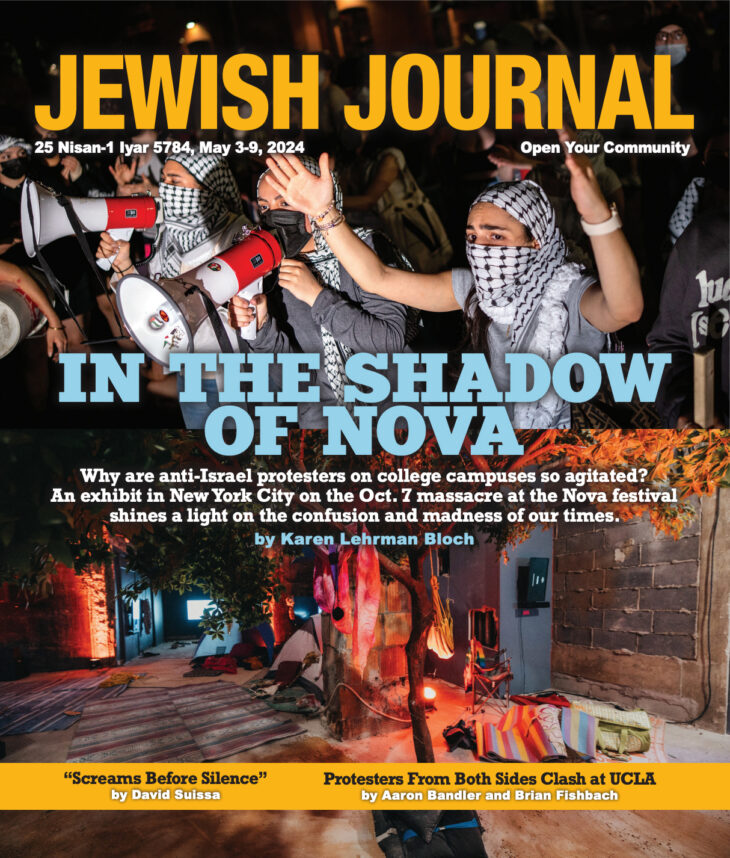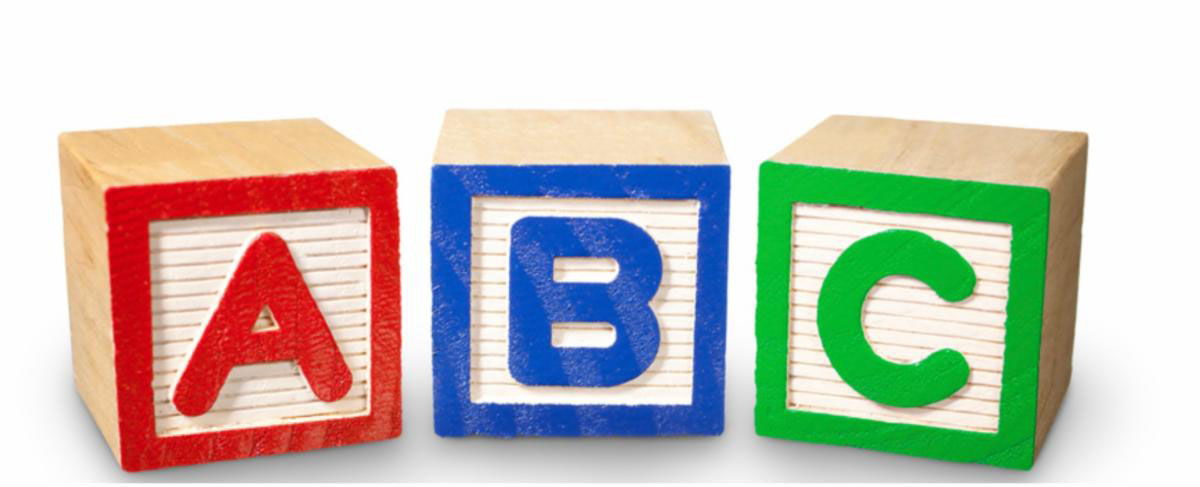Â
Keep passing. Keep passing.”
It’s 6 a.m. on a Monday morning in March, and students from Milken Community High School, wearing hairnets, plastic aprons and gloves, are dishing out hot cereal, sugar, applesauce, milk and a muffin assembly-line style onto blue trays.
“We’re a well-oiled machine,” says 11th-grader Ethan Stern, the last student in line, who — with a smile and a “good morning” — hands a tray to each of the 130 males living at the Union Rescue Mission on Los Angeles’ Skid Row.
The 22 Milken juniors and seniors, who arrived the previous afternoon with several teachers and administrators, are spending two days and nights at the Union Rescue Mission, sleeping in bedrooms on a locked floor reserved for volunteers. They are taking part in the mission’s Urban Experience Program, a 52-hour hands-on community service project in which they live and work at the mission to learn about the complexities of hunger and homelessness.
“We have to leave our comfortable communities to see how the rest of Los Angeles lives,” says Wendy Ordower, community service coordinator at Milken, a transdenominational Jewish day school in the Sepulveda Pass. “Like at Yom Kippur, we need to be disturbed.”
Breakfast continues till 10 a.m., during which time the students bus dishes and wipe down tables, serve another 350 women and children and, after a short break to eat their own breakfast, fill trays for another 200 men.
The students spend the majority of their time serving food, with the mission providing an average of 2,200 meals daily. They also work in the warehouse filling boxes with hygiene supplies and candies, part of the mission’s Easter outreach of 3,500 packages to be distributed to local homeless and low-income Angelenos. Additionally, they tour the facility, chat and play basketball with the residents, create a mural to leave at the mission and meet as a group to reflect on their experiences.
“I had a stereotypical view of the homeless,” says 12th-grader Tannis Mann. “These are real people, and there are real reasons why they are here.”
In the evenings, the students listen to participants’ stories in the Christian Life Discipleship Program, a one-year residential program that graduates about 100 men annually, providing them with the recovery, educational and work skills needed to rebuild their lives.
They hear from Aaron, a former Catholic seminarian, who had “a little alcohol problem” and Michael, a CPA who moved to Los Angeles only to be immediately mugged and robbed of everything. They also listen to Robert, a former gang leader and prison inmate, who tells them, “Learn to make the good decisions because I made the bad ones when I thought I was cool.”
All the students pay close attention to their words.
“If I see someone on the street, I won’t see them in the same way again,” acknowledges 12th-grader Leticia Grosz.
The teens learn that the reasons for homelessness go beyond addiction to include poverty, lack of affordable housing, low-paying jobs, mental illness, unemployment and prison release. They learn there are about 80,000 homeless in L.A. County but just slightly more than 18,500 beds. They also discover that women and children are the fastest-growing homeless population segment nationwide.
Some of those women live in the shelter, part of a six-month program called Second Step, designed to get them back into permanent housing and jobs. Others who come to the Mission for meals are homeless or reside in daily rate hotels or single-room apartments in the Skid Row area.
The Union Rescue Mission, a nonprofit, privately funded, faith-based organization, was founded in 1891. Now housed in a five-story, 225,000 square-foot facility completed in 1994, it provides an array of emergency and long-term services to the poor and homeless, including food, shelter (797 emergency and transitional beds), clothing, medical and dental treatment, recovery programs, counseling, education, job training and legal assistance.
Some former residents now work for the mission.
Irvin “Pepi” Jones, who runs the evening dining room shift, tells the students, “Ten years ago I was in that line [of homeless men]. I used to push a cart and eat out of the trash.”
The students are moved by what they see and hear.
“These people have so much faith and love for God. They have such purpose in life,” says 11th-grader Alli Rudy.
That is the kind of impact Jewish studies teacher Rabbi Ruth Sohn wants from the program.
“I hope that the kids have a greater awareness of how poverty, drug addiction and prison can destroy lives but that they also feel empowered by what kinds of possibilities exist to turn your life around,” Sohn says.
The program also reminds the students of the role they can play in changing Los Angeles’ urban landscape.
“There’s such incredible work you can do,” says 12-grader Sophie Bibas. “It’s not an option; it’s an obligation.”
As the students board the bus at the end of the 52 hours, student Karin Alpert, speaking for many in the group, says, “For sure I’m doing this again next year.”
Â





















 More news and opinions than at a Shabbat dinner, right in your inbox.
More news and opinions than at a Shabbat dinner, right in your inbox.